Search
Products tagged with 'nitrite'
View as
Sort by
Display
per page
02274 EFFECTIVENESS OF CORROSION INHIBITORS IN RETARDING PROPAGATION OF LOCALISED CORROSION
Product Number:
51300-02274-SG
ISBN:
02274 2002 CP
Publication Date:
2002
$20.00
04322 Darrell Hartwick, Don Hutchinson, and Mylene Langevin, Buckman Laboratories
Product Number:
51300-04322-SG
ISBN:
04322 2004 cp
Publication Date:
2004
$20.00
A Novel Method for the Enhanced Kill of Sulfate Reducing Microorganisms
Product Number:
51320-14412-SG
Publication Date:
2020
$20.00
Closed Cooling Loop Corrosion – A Laboratory Based Investigation Of Possible Causes
Product Number:
51321-16700-SG
Publication Date:
2021
$20.00




